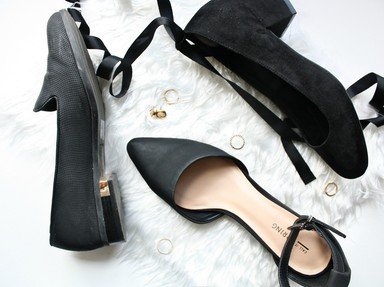Quiz Answer Key and Fun Facts
1. Let's put our foot firmly into the sockosphere, so to speak. What feature gives the always fun loving toe sock its name?
2. Before we wiggle away from the toe sock, in what decade of the 20th century did the toe sock first appear as a popular fashion item?
3. Short skirts (or kilts) or short pants go great with long socks that extend up the leg ending at or just below the knee joint. By what anatomical name are these types of socks known as?
4. You want to wear a protective hose when you exercise outside, but don't want an uneven leg tan for your effort. What type of sock can both provide protection for your foot inside the shoe and avoid unsightly striping on your legs?
5. You love the feel of a warm sock on your foot, but you need to go outside perhaps to bring in your mail and need some protection on the bottom of your foot. What is the modern but redundant term for this "sock-like shoe" or "shoe-like sock"?
6. An American sock innovation of the 1960s was the advent of the tube sock. Tubes socks were (are) a common sock worn for athletic activities. What unique design feature makes the sock a tube sock?
7. You are transported to 16th Century England on a shopping trip. Your list includes a search for "stockings". Where would you go to look for a nice set of stockings?
8. The tabi is a type of sock from Japan that is worn with such garments as the kimono and other traditional clothing. Contrary to most Western fashion advice the tabi sock is worn with what type of shoe?
9. Your doctor says that you can benefit from wearing compression socks. Typically, your doctor does not give fashion advice, so you ask, what is the purpose of a compression sock?
10. Time for a bit of modern fashion advice for any men (and women for that matter) wondering what color socks to wear. When wearing dress pants the sock you wear should?
Source: Author
adam36
This quiz was reviewed by FunTrivia editor
linkan before going online.
Any errors found in FunTrivia content are routinely corrected through our feedback system.

